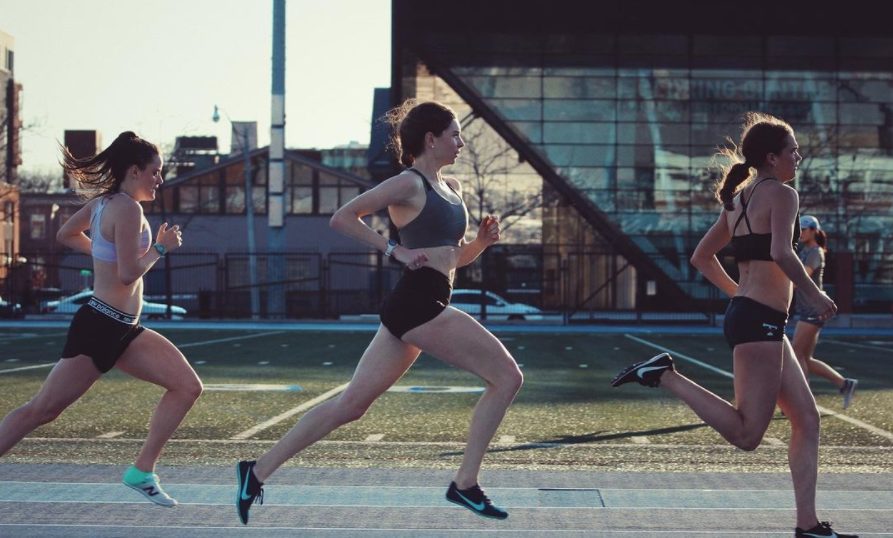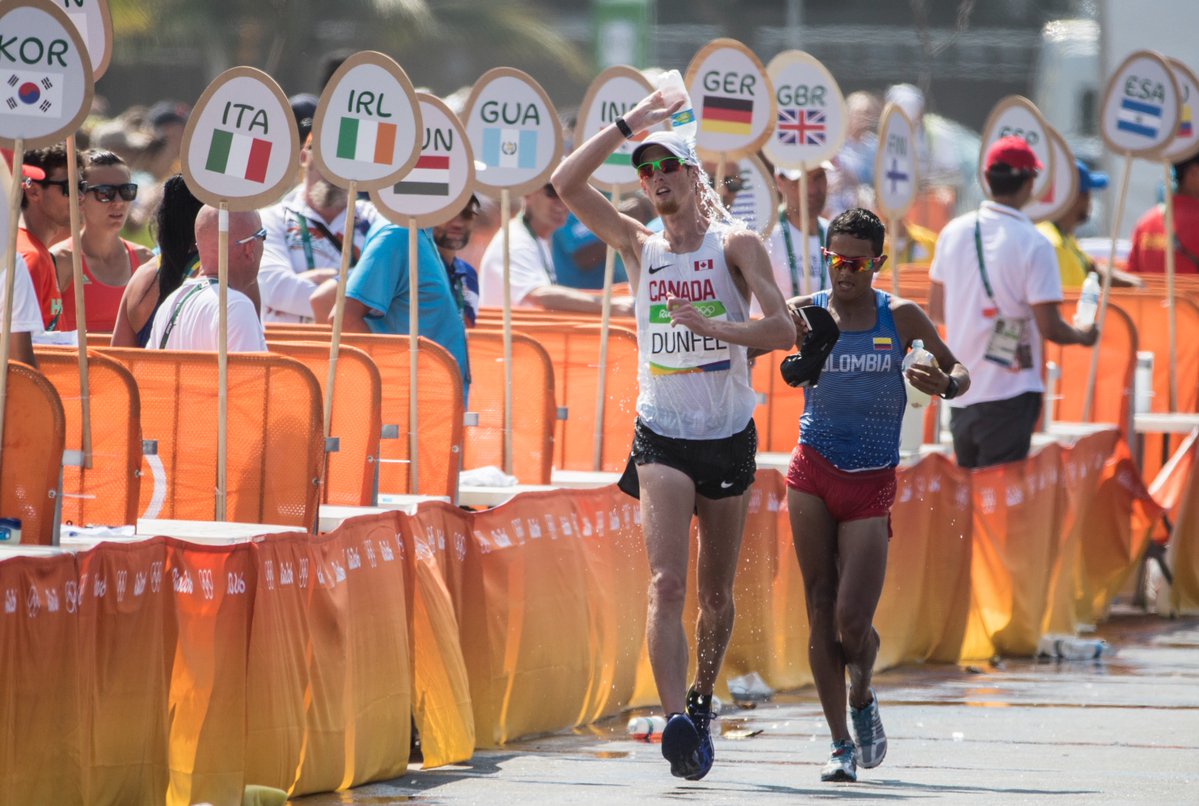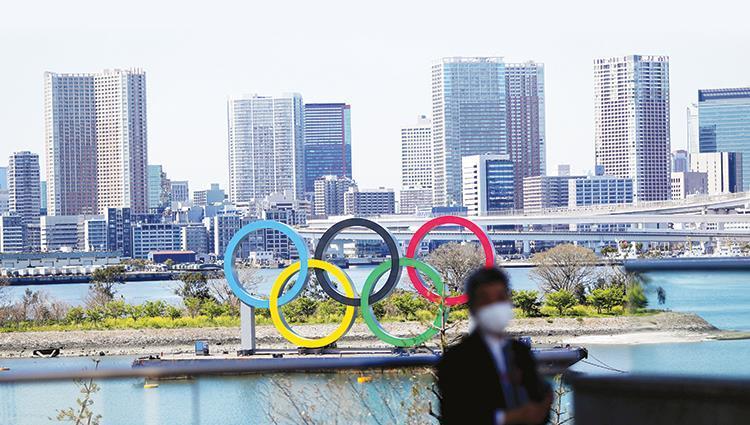The Olympic struggle
Candian 800m champ and Olympic hopeful Madeleine Kelly talks about the inherent inequality of the World Athletics ranking system and how it's affecting Canadian athletes

The COVID-19 pandemic has impacted the world of running in a dramatic way, and whether you’re a recreational athlete or a pro, you’ve likely felt the strain. As the 2021 Summer Olympics draw near, no one has experienced this more than athletes who are trying to qualify for the Tokyo Games. We spoke with Canadian Olympic hopeful Madeleine Kelly about the difficulties many Canadian athletes are facing, and the inherent inequalities of the World Athletics ranking system.

RELATED: The hidden benefits of the 2021 Olympics
How do you qualify for the Olympics?
Before we jump into the issues with the World Athletics (WA) ranking system, it’s important to first understand how an athlete qualifies for the Games. In a recent episode of The Shakeout Podcast, Candian Olympic race walker Evan Dunfee sums it up for listeners:
For every event in track and field, there’s a qualification system that has a set number of participants who will be given a spot at the Olympics. For example, in the men’s and women’s 100m, there are 56 spots, in the men’s and women’s 800m there are 48 spots and for the marathon, there are 80 spots. There are two main ways athletes can get within that quota: the first way is to achieve a standard (in the running events that would be a specific time), and if you run under that time, you’re eligible to be selected to your country’s Olympic team.
If you don’t achieve standard, you can qualify based on the World Athletics ranking system. WA uses a points table that has a relative number of points attributed to every performance, starting from 1,400 points and working its way down to zero points, and any time an athlete competes, their performance will be given a points total. For example, running 2:02.35 in the women’s 800m is worth 1,121 points, and running 2:01.33 is worth 1,139 points.
There’s also a placing score that gets added on top of that, and different levels of races have different placing points available. Winning the world championships, for example, will get you over 200 points on top of your time score. This placing system works its way down from the world championships to a local all-comers meet. For all events up to the 5K, an athlete’s overall score is based on the average of their top five performances. In the steeplechase and the 10K it’s their top three, and for longer events like the 50K race walk it’s the top two. This overall score dictates where athletes stand relative to their event’s Olympic-qualifying quota.
Finally, there is one caveat to all of these rules: each country can only send a maximum of three athletes per event, so even if five people from one country qualify, only three will get to go.

The problem with the WA ranking system
Kelly explains this system was introduced by WA to reward consistency and to promote racing as opposed to just running for time. It was also a way to incentivize athletes to race more often. While Kelly believes all of these things were a good idea in theory, she says the pandemic has made a mess of everything.
Where the inequity falls is in the accessibility of meets for Canadian athletes. Lesser-known, unsponsored runners (like Kelly) are less likely to be given a lane at a meet that will offer a significant amount of placing points. This means that when these athletes run fast times, if they do so at a lower-ranked meet, they won’t get as many points as people who run slower than them at high-ranking races.
“Getting into a meet is not entirely merit-based,” says Kelly. “You either have to be undeniably good, or you have an agent or sponsor or you’ve gone to school in the NCAA — a lot of it is who you know.”
As a Canadian-educated, unsponsored, agent-less athlete, Kelly (and many other Canadian athletes like her who are on “the bubble” of qualifying) have a really hard time getting into high-ranking track meets. This inequality has been exacerbated by the pandemic, because it used to be that large amounts of points were only given out at top-tier meets like the Diamond League, where only the best athletes in the world (who were likely already achieving standard) were invited to compete. Since North American athletes haven’t been able to travel internationally, smaller American meets have been given upgraded status and are handing out large point scores to athletes who, in the past, wouldn’t have been at high-ranking meets. This has sky-rocketed lower-ranking athletes in the points system far ahead of other athletes (especially Canadians) who haven’t been able to get to any of these competitions.
Additionally, athletes who were injured in 2019 and then couldn’t run in 2020 because of the pandemic have now had two seasons with no points to their names, making it even harder for them to claw their way back into the rankings.

For more than a year, there have been next to no track meets in Canada, and even the few that have taken place do not give athletes the same number of points as many of the meets in the U.S. With the potential cancellation of the Canadian Track and Field Championships looming, athletes within our borders are running out of opportunities to get enough points to put them within their event quotas. Athletics Canada has stated that it intends to send a full team of athletes to Tokyo, but the way things are currently going, this is looking less and less likely. Instead, we may see a much smaller Canadian contingent at this summer’s Games.
RELATED: Athletics Canada wants athletes vaccinated ahead of Olympics


